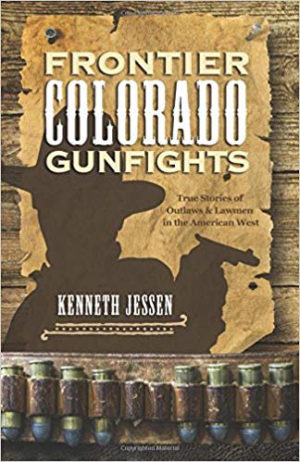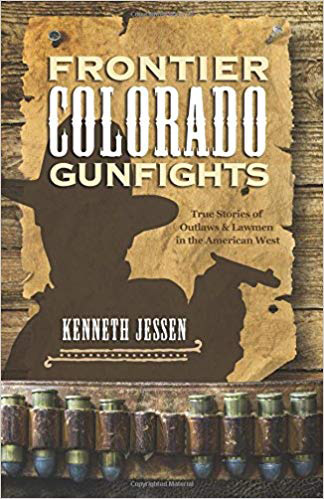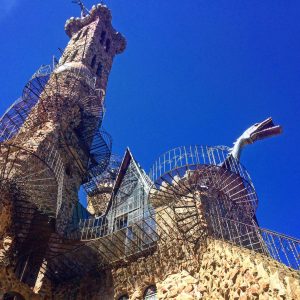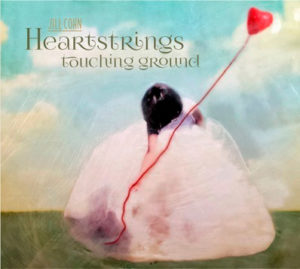 Frontier Colorado Gunfights
Frontier Colorado Gunfights
True Stories of Outlaws and Lawmen in the American West
by Kenneth Jessen
J V Publications, 260 pages
ISBN 978-1-928656-12-8
Reviewed by Forrest Whitman
Readers of this publication have come to expect careful and detailed historical writing from Kenneth Jessen. His new book lives up to that standard. Jessen describes gunfights and shootings in thirty one cases and clears up mysteries about some of them. My only criticism is that the book lacks context about the situations that led to the shootings.
When it comes to Jessen’s clearing up mysteries, a good example is Charley Harrison. He was a partner in a famous Colorado saloon, the Criterion. Myths abound about this gambler and killer. Jessen’s story clears up Harrison’s killing of “professor” Charles Stark. The Rocky Mountain News accused Harrison of wantonly killing “Professor” Stark. Was that true?
Jessen shows that Stark (a black man from Missouri) threatened Charley first, with a knife in hand. But did Charley have to shoot Stark six times? What was the context here?
Jessen mentions that the saloon partnered by Harrison was the center for Confederate sympathizers as the Civil War dawned in the Colorado Territory. Not mentioned is the active role Harrison played in recruiting Southern sympathizers. Also important context would be racism on the frontier and Harrison’s active promotion of the Confederacy. Some Civil War context would help this story of a killing.
The book is livened up with many photos and drawings of frontier times in Colorado.
[InContentAdTwo] For example, an early photo adds to his discussion of Judge Elias Dyer’s murder in Granite. A map of Central City and photos of killer Samuel Covington liven up that description. Sheriff Williams had to borrow a gun to confront Covington which led to the sheriff’s death. Needed context again: Central City prided itself on being law abiding and the sheriff often went out unarmed. (Don’t tell the NRA.)
Included is a map of where to find the grave of Henry Harkins. It’s located beside Colorado 115 near Colorado Springs. Harkins was one of the victims of a killing spree carried out by the notorious Espinosa brothers of Northern New Mexico and Southern Colorado.
Jessen could have gone more deeply into the context of the Espinosa brothers’ killings. The mystic beliefs of the brothers merit a look. Also, fleshing the tale out could be a discussion of how they were burned out of their home (twice?) and had a baby killed during the Anglo take over of so many Mexican homesteads. Like many of these stories, context could add to the tale.
This is a fine book from a very detail conscious historian. It would be dull to read it straight through since it is really a reference work. I’m guessing readers will turn first to read about the bad men and killings in their particular area. It deserves a place on anyone’s western bookshelf.



